The shower is a place of solitude and reflection, where we sing our favorite songs and contemplate life’s biggest questions. For many, it’s a personal sanctuary, a moment of relaxation to cleanse away the burdens of the day. But pause for a moment! What if we were to reveal that you’ve been approaching your showers all this time with misguided methods?
Dermatologist Mona Gohara emphasizes that proper skincare begins with your shower routine. It’s not just about the products you use, but also how you shave and how long you spend in the shower. It’s time to reassess your shower rituals for your skin’s health.
Morning or Night: The Great Debate
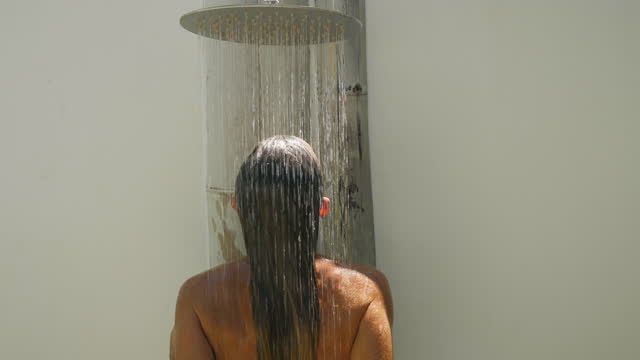
When it comes to showering, timing is often a matter of personal preference. Some people prefer morning showers as a way to kickstart their day, while others opt for nighttime sessions to promote better sleep. However, dermatologists emphasize that the most important factor is the timing and the techniques you use in the shower. So whether you choose morning or night, focus on healthy and beneficial shower habits.
It’s not just about the timing of your showers, but also how you approach them. Dermatologists emphasize that it’s not the clock you should focus on but your personal showering habits. Pay attention to your shower routines.
Too Much of a Good Thing?

How often do you shower? If you’re used to taking long showers every single day, it might be worth rethinking your routine. Dermatologists recommend showering less frequently if you’re not physically active – sometimes as little as three times a week. So yes, feel free to cut back on those showers, but don’t reduce them so much that you start stinking up the place.
And regarding long showers, water exposure can dry out your skin and hair. Board-certified dermatologist Lauren Ploch advises keeping your showers around the five-minute mark, especially if you have dry skin.
Stop, Drop, and Roll Out of the Shower
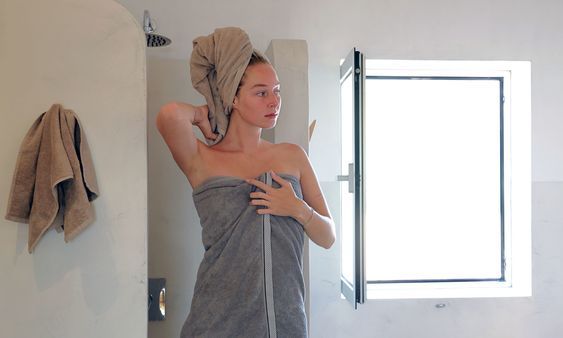
If you’re the type who tends to get lost in thought while taking a shower, it might be time for a change. According to Ploch, standing idly under the water isn’t the best approach. Instead, try keeping yourself engaged and on track. You can even create a playlist with two or three songs as a way to time your showers. If Drake’s latest album finishes playing and you’re still in there, it might indicate that you’ve been lingering too long.
But hold on, that’s not all. Forget about those scorching hot temperatures. The ideal shower temperature should be lukewarm. Hot water can strip away the natural oils in your skin, and let’s be honest, it’s not doing any favors for your energy bill either.
Hair Care in There
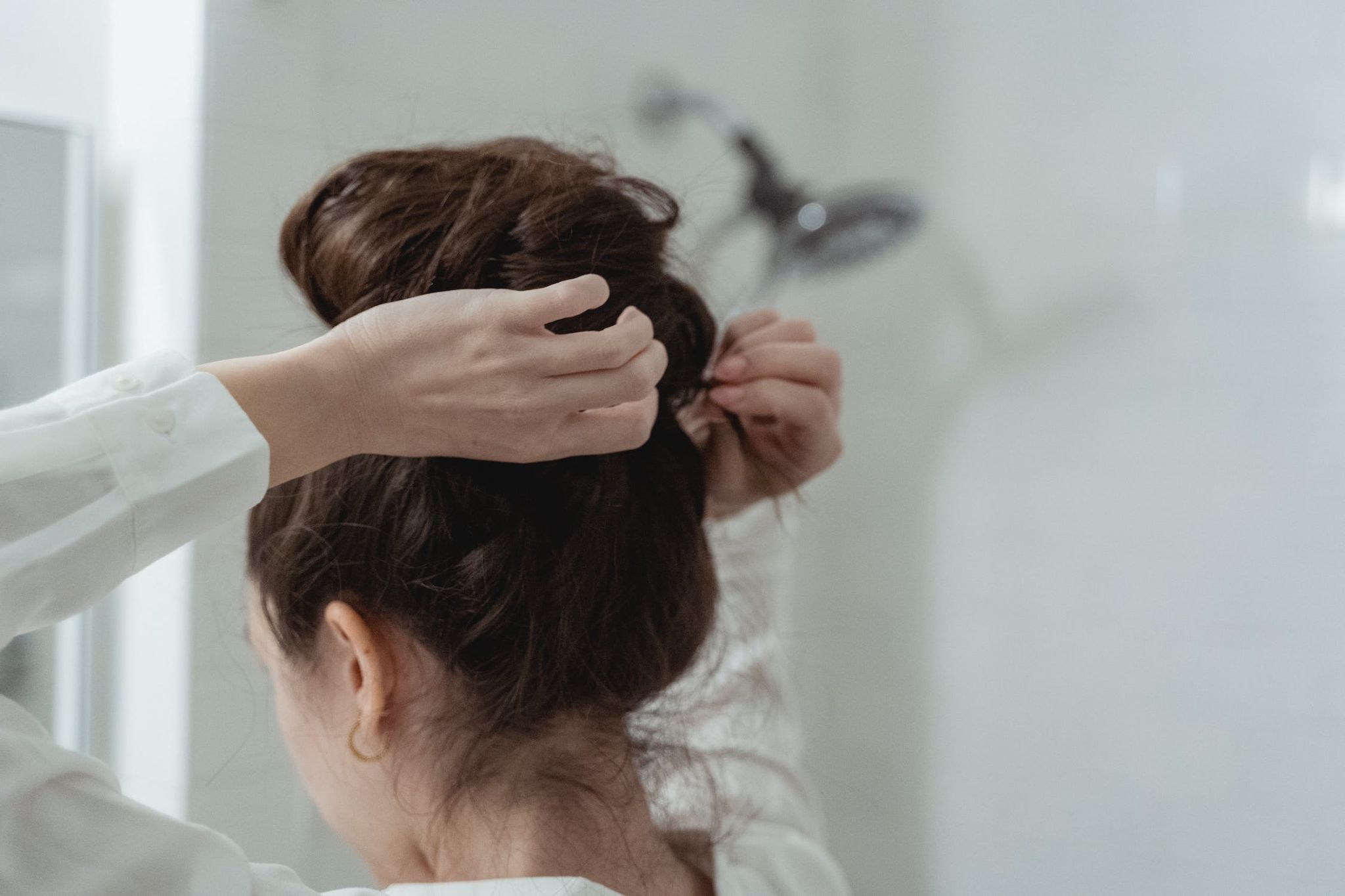
Before you hop into the shower, make sure to brush your hair to prevent tangles and minimize breakage. Following this simple step will keep your locks healthy and beautiful. It’s a beneficial practice all around.
It’s okay to wash your hair only some days. Hair is composed of dead cells, so washing it too frequently isn’t beneficial. However, it’s important to take care of your scalp. A weekly scalp wash can help prevent dandruff and redness.
Conditioner Confessions
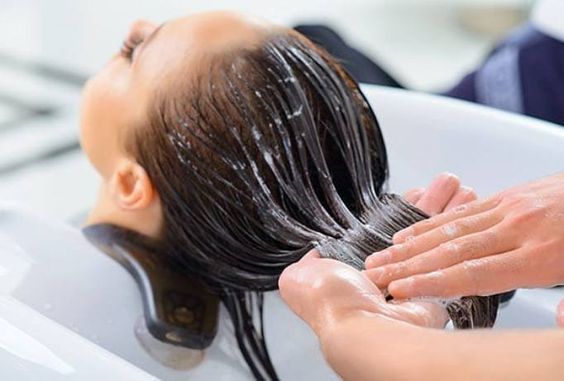
Leaving your conditioner in longer doesn’t make your hair any healthier. When your hair is wet, it swells, so the conditioner won’t penetrate any deeper after you’ve shampooed. Also, it’s best to avoid applying conditioner directly to your scalp. If you want to avoid flat and oily-looking hair, focus on applying conditioner to the length of your hair instead.
Speaking of personal hygiene, washing your face, chest, and back after rinsing out the conditioner is important. This is especially crucial if you have acne-prone or sensitive skin because it helps remove any residue that could clog your pores.
Soap: The Good, The Bad, and The Ugly
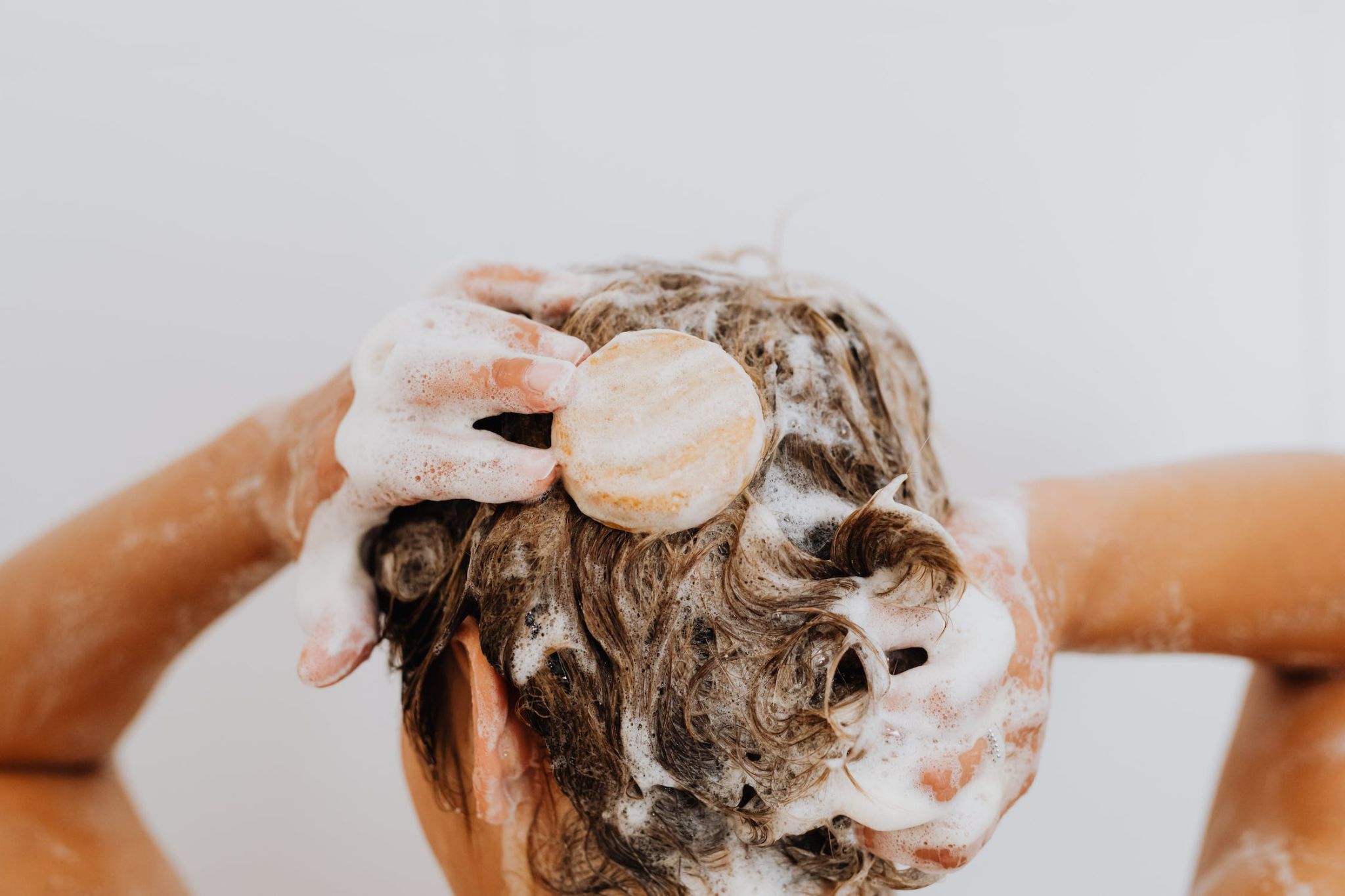
While traditional soap may leave you with a satisfying squeaky-clean sensation, dermatologists caution that it could be doing more harm than good. That tightening feeling you experience after a shower? It’s an indication that your skin is being stripped of its natural moisture.
Instead, choose mild cleansers that are free from soap and fragrance. These gentle options can help moisturize your skin instead of stripping away its natural oils. It’s also important to note that just because a cleanser is labeled “antibacterial” doesn’t mean it’s better. In fact, these types of cleansers can actually be more drying for your skin.
The Loofah Lowdown
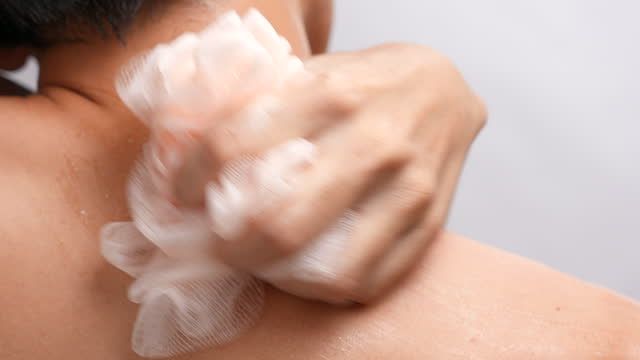
Loofahs may be fluffy and fun, but they can also be a breeding ground for bacteria, mold, and all sorts of nasties. If you’re still using one, make sure it dries completely after each use, and replace it monthly.
Why not switch things up? Instead of using a regular loofah or shower pouf, try using your hands, a sponge, or even a cotton washcloth to lather up. Just make sure to hang the cloth up to dry after use, and you’re good to go.
The Art of Body Washing
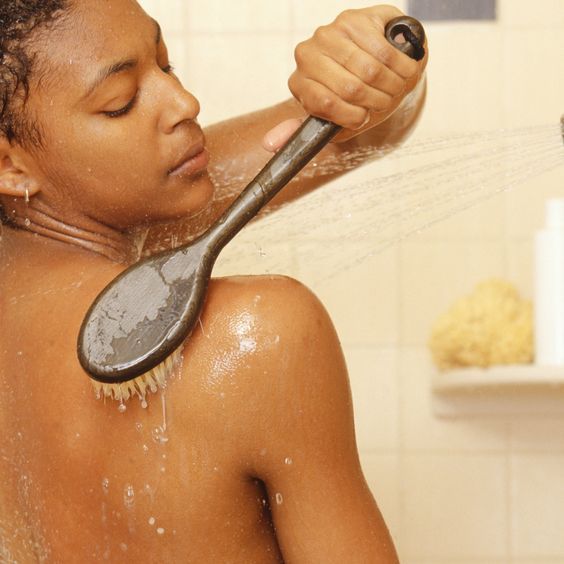
Now that you’re all ready, let’s discuss the best approach for washing. Start from the top and work your way down, allowing the soap to cleanse as it moves along your body effectively. It’s like being enveloped in a refreshing cascade, ensuring thorough cleanliness.
And when it comes to your skincare routine, make sure to prioritize the three areas: underarms, private areas, and feet. According to Chad Prather, a clinical assistant professor in dermatology, these are the areas that require the most attention. So remember – focus on what truly matters for healthy skin.
Exfoliation: Less Is More
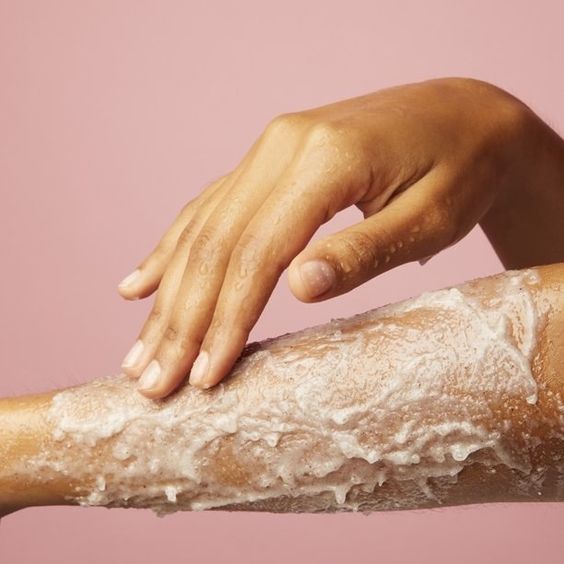
If you enjoy exfoliating vigorously, it might be worth considering a more gentle approach. Over-exfoliating can harm your skin, and keep in mind that your skin already naturally sheds dead cells on its own. Exfoliating once or twice a week is sufficient, and remember that shaving also provides exfoliation for the skin.
In the event that you’re struggling with body acne, avoid the temptation to scrub your breakouts vigorously. Instead, try using chemical exfoliants like salicylic acid for a more effective and gentle treatment. You’ll appreciate the results in the long run.








































